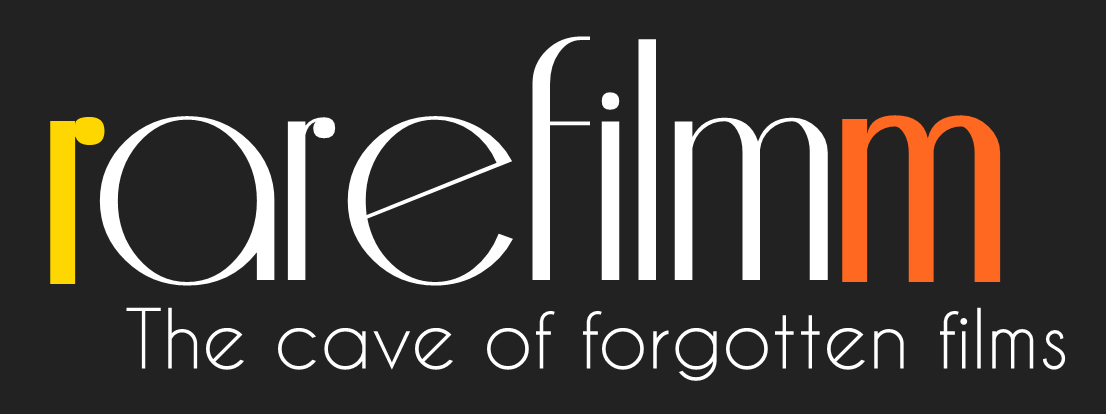This animated story of the thrilling adventures of a toy mouse and his child is based on the modern classic of children’s fiction written by Russell Hoban. From their home in the toy shop window, the mouse and his child find themselves cast into a rubbish tip where they become prisoners of the slimy rat, Manny (voiced by Peter Ustinov). Helped by their friends, a fortune-telling rat, an actress parrot, a performing seal and a pink elephant, the mouse and his child plot to escape Manny’s evil clutches and discover how they can become self-winding.
Category: Family
After Liptus arrives in a small village from the city, he calls his best friends, Miron and Melita, on winter holidays in Kopacevo. That same night, while they are all sleeping cozily, from their deep sleep Miron and Melita are woken by the disturbing sounds of villagers, carrying flares and disappearing into the darkness at the end of the street. At the docks, they find Halasz, a boy known for his bravery. He is cold, pale from shock, and babbling a white ghost. While most of the villagers don’t believe Halasz’s story, older citizens recall a long time ago when a forgotten spirit would scare people at night in dark and foggy swamps.
A flower vendor, Jack, brings his mentally challenged nephew, Joey, to the ten-lane Chicago Lakeshore roadway to help him sell flowers to motorists. In the course of their first day working together, Joey manages to prove himself in difficult and confusing circumstances and gains the loving respect of his uncle.
Madeline is one of twelve little girls at a boarding school in Paris. They all act exactly alike except things are always happening to Madeline. When she gets appendicitis all of the girls visit her and are impressed by her scar. Later the other girls claim they too are sick and want an operation. The head of the school smiles because she knows all is well.
A group of children use a cabin as the meeting place where they gather to sing. When the owner of the place has financial difficulties and thinks of selling it, the friends will devise a way to earn money: they will dye the surrounding sheep in different colors and try to sell the wool as if it were a natural product.
Rudyard Kipling’s tale of how the elephant got its trunk has always delighted with its playful use of language. Never has there been a more satisfying rendering of this “Just So” story, which explains what the world was like “in the beginning of years when the world was new and all…”. Illustrated by Tim Raglin.
The life of a first grader is difficult: he has to attend school, do homework and flee from his uncle who always wants to wrestle with him. It’s a good thing his imagination is always ready to help out and he can always count on his little girlfriend, Zizi. The playfulness of French New Wave had a major influence on the first full-length feature film of the two young directors Ferenc Kardos and János Rózsa. The film is full of classical burlesque gags and borrows freely from the effects toolbox so as to make all the more palpable the imagination of a child wondering at the world around him.

 For any questions or requests you can always find me at rarefilmm@gmail.com. Stay tuned for those new movies! Thank you once again for all the love and support and thanks a lot to everyone who keeps spreading the word about the site, the rarefilmm community is truly amazing, I'm very grateful for all your love and support
For any questions or requests you can always find me at rarefilmm@gmail.com. Stay tuned for those new movies! Thank you once again for all the love and support and thanks a lot to everyone who keeps spreading the word about the site, the rarefilmm community is truly amazing, I'm very grateful for all your love and support 
